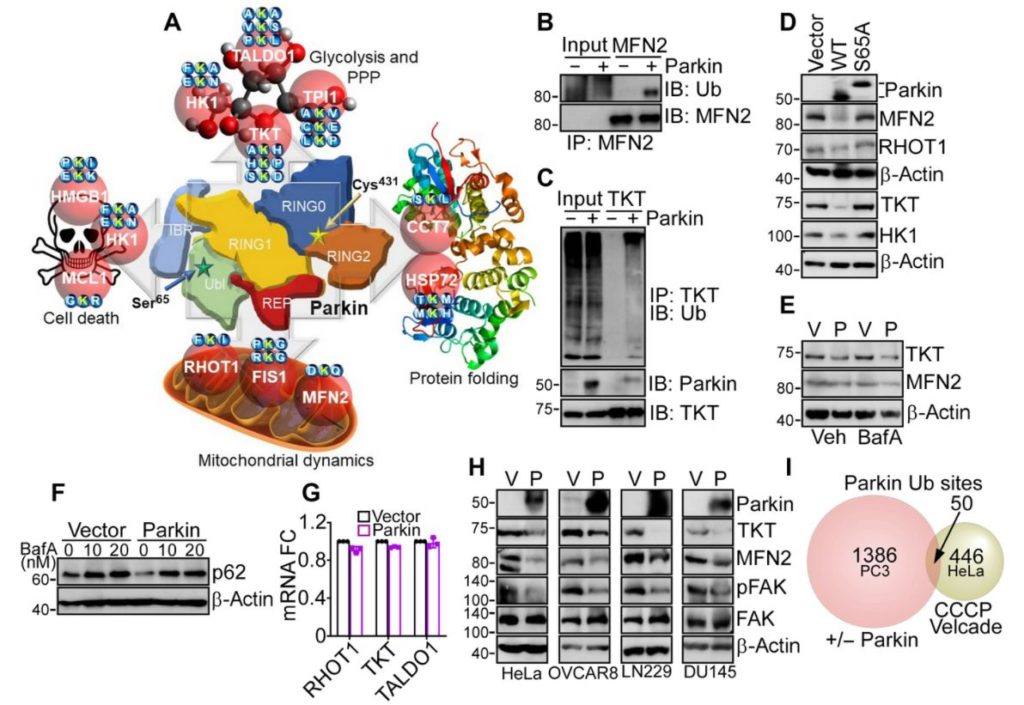
Parkin tagged posts


PINK1 and parkin are key regulators of mitochondrial quality control. Credit: http://www.sciencedirect.com/…/pii/S0166223614000435
>> potential new pathway to treat ALS, other diseases. When mitochondia are damaged, they leak destructive molecules that can cause substantial harm and eventually kill brain cells. PINK1, a protein implicated in Parkinson’s disease is critical for helping cells get rid of dysfunctional mitochondria, by triggering an intricate process called mitophagy that breaks down and removes damaged mitochondria from the cell.
“PINK1 is a flag of damaged mitochondria,” said Richard Youle, Ph.D., the head of the Biochemistry Section of NINDS. “It identifies which mitochondria need to be eliminated to keep cells healthy...
Read More





Recent Comments